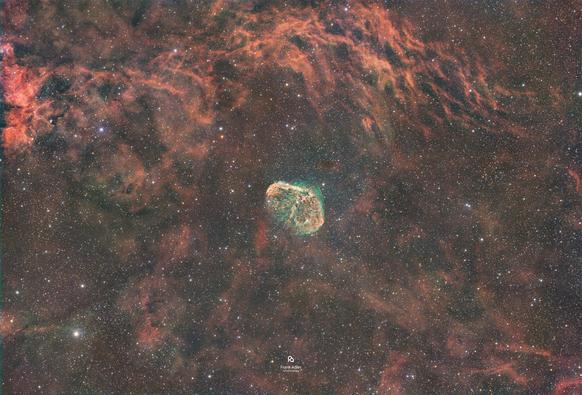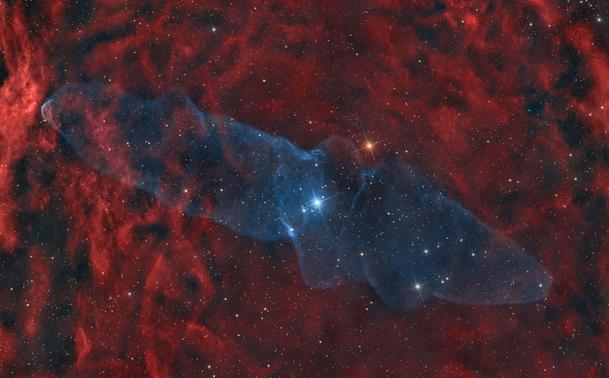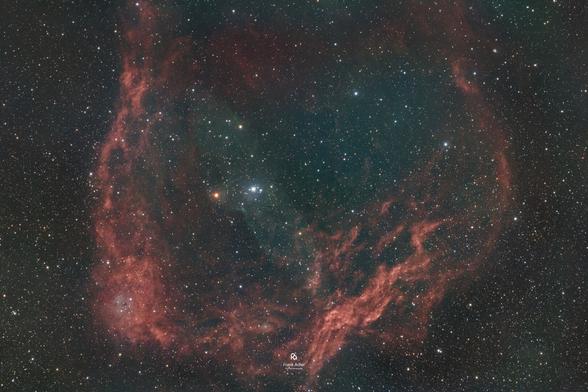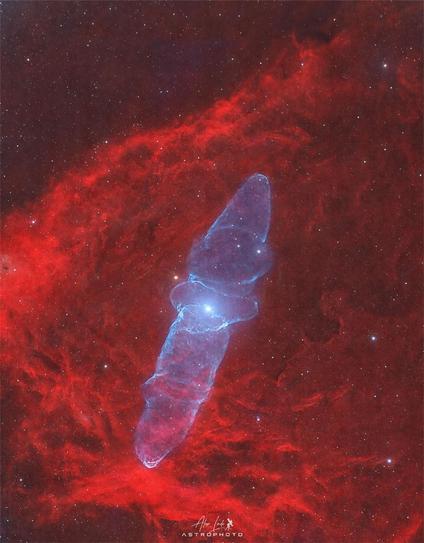=========================
5,000 light-years away, a dying Wolf-Rayet star unleashes violent winds that sculpt glowing shells of gas into this breathtaking crescent. What looks like delicate beauty is actually a cosmic battleground where creation and destruction dance together.
This is why astrophotography transcends science — it reveals the universe’s hidden artistry, one photon at a time. Sometimes the most beautiful art comes from the most violent processes in nature.
Scope: Askar 103APO
Lens: Askar 0.6x Reducer
Camera: ZWO ASI 294MC Pro
Filter: Antlia TriBand RGB Ultra
Mount: Skywatcher AZ-EQ5 GT
Guiding: Svbony SV165 Guide Scope with ZWO ASI 224MC
Controller: ZWO ASIAir Pro
Integration time: 4hrs 50min
Full version and print available at:
https://adfr.io/astro/20250812_ngc6888
#astrophotography #astrophoto #astrophotographer #deepsky #deepskyphotography #deepskyobject #deepskyastrophotography #squidnebula #flyingbatnebula #nebula #crescentnebula #ngc6888 #cygnus #deepspace #nightsky #astronomy #cosmos #stargazing #wolframstar #stellarevolution #spaceisart



